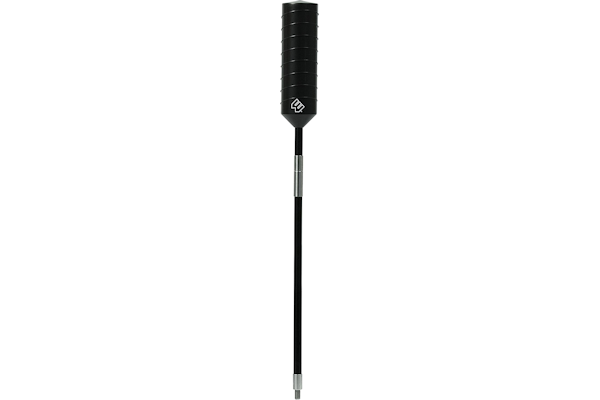


Instead of relying on the tiny antenna in your phone, they capture cellular signal using a large antenna in your window or outside your house (or car), pass that signal through a device that cleans and amplifies it, and send it out through a rebroadcaster inside your home.īoosters generally have three main components: an external antenna that sits outside your home, a booster that cleans and amplifies signal, and an antenna you keep inside your home. The basic principle behind signal boosters is simple: A big antenna is better than a small one. All of the major carriers support this feature and you can often get better call performance over a connection to your Wi-Fi network.

If you're hesitant to invest in a home booster and primarily need coverage to make phone calls, make sure to try out Wi-Fi calling. Services like CellMapper (Opens in a new window) can show you the signal you're receiving on your phone. Anything below -110dBm is definitely weak, and you might not hold onto any signal below -120dBm. A number higher than about -90dBm (like -80 or -70) is a strong signal. Whereas your phone shows bars, wireless industry folks measure signal in -dBm. Cheaper boosters available from Amazon often aren't FCC-certified, which means they can cause trouble with surrounding cell sites and networks.īoosters help the most when you have a weak signal, not when there's none at all. That's why you need to stick with boosters primarily from the big four companies: Cel-Fi, HiBoost, SureCall, and weBoost (we also include one from Wilson for a special use case you can read about below). What Are the Best Cell Phone Booster Brands?īooster manufacturers have to use various tricks to detect the best signal from surrounding towers and then amplify the signal without messing up the carriers' systems.


 0 kommentar(er)
0 kommentar(er)
